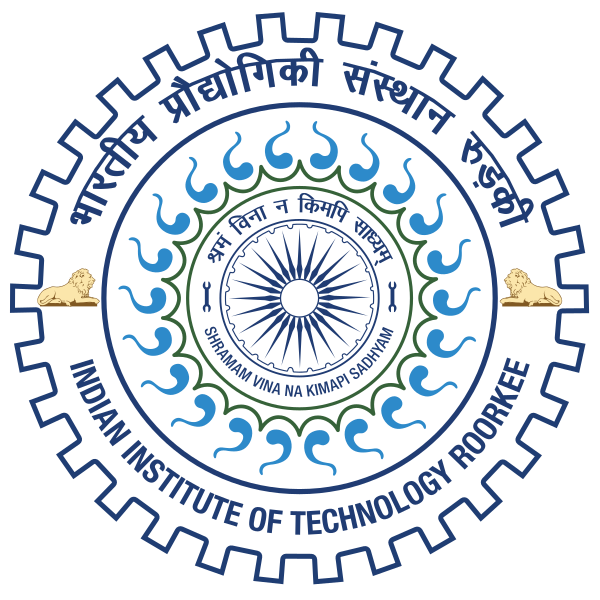Please use this identifier to cite or link to this item:
http://localhost:8081/jspui/handle/123456789/18401| Title: | REDEVELOPMENT AND REVITALIZATION OF GARH MUKTESHWAR GANGA RIVER BASIN |
| Authors: | Goel, Muskan |
| Issue Date: | Jun-2024 |
| Publisher: | IIT, Roorkee |
| Abstract: | The economic progress of cities is intricately tied to the rejuvenation of their downtown areas. The majority of cities are situated alongside riverfronts, making the revitalization of these riverfronts an integral component of any city's redevelopment efforts. Neglected and deteriorating riverfronts pose a substantial hindrance to a city's advancement and its overall perception. Consequently, this issue holds significant importance for the prosperity and advancement of the city. Collaborative efforts between the public and private sectors are deemed essential for realizing ambitious riverfront objectives. Enhancing accessibility through the development of walkways, roads, and bridges draws more people to the riverfront, making retail, entertainment, and dining establishments economically viable. The outcomes of these strategies are substantial, leading to an upsurge in the number of businesses along the riverfront and an enhanced quality of life in downtown areas. The strategies extracted from the case studies and the literature review form the basis for the urban riverfront revitalization framework. This framework can serve as a blueprint for any riverfront redevelopment project, ensuring its economic viability. Beyond the all advantages, it enriches the overall quality of life for the residents by providing new recreational and leisure opportunities. Moreover, it rejuvenates the cultural and historical significance of the riverfront, transforming it into a vibrant and lively urban space. This research concentrates on the economically sustainable revival of urban riverfronts in Garh Mukteshwar, unveiling a conceptual framework derived from an analysis of literature and insights gleaned through Multi-Criteria Evaluation (MCE). The incorporation of Multi-Criteria Evaluation (MCE) in this study works on identification process for 7 potential criteria and their associated 17 sub-criteria. Specialized experts are engaged to provide rankings for these criteria, using a scale from 1 to 9. The nature of this procedure results in the creation of 10 distinct comparison matrix tables, each tailored to capture the unique perspectives of the experts. This detailed evaluation aims to extract a nuanced understanding of the various factors influencing riverfront development. |
| URI: | http://localhost:8081/jspui/handle/123456789/18401 |
| Research Supervisor/ Guide: | Singal, S. K. and Shree, Venu |
| metadata.dc.type: | Dissertations |
| Appears in Collections: | MASTERS' THESES (HRED) |
Files in This Item:
| File | Description | Size | Format | |
|---|---|---|---|---|
| 22513003_MUSKAN GOEL.pdf | 7.34 MB | Adobe PDF | View/Open |
Items in DSpace are protected by copyright, with all rights reserved, unless otherwise indicated.

